The Significance of a Whiter Smile
A radiant smile adorned with pearly white teeth is one of the most cherished attributes of beauty in contemporary society. In contrast to ancient traditions that prized a reserved smile, the modern world revels in the allure of open laughter, making the quest for a dazzling, white smile a common aspiration. Yet, what methods of teeth whitening are suitable for you? Understanding this can significantly enhance your confidence and the beauty of your smile.
Exploring Whitening Techniques
From teeth straightening to professional whitening treatments, the spectrum of dental cosmetic procedures continues to expand. Products like whitening gels, porcelain crowns, and various other whitening techniques beckon to those eager for improvement. However, choosing the wrong method can lead to unsatisfactory results, such as an unnatural luster that could even harm your teeth’s health.
Causes of Discoloration
To effectively whiten teeth, one must first comprehend the underlying causes of discoloration. Generally, dental staining is categorized into two types: extrinsic and intrinsic. Extrinsic discoloration is primarily caused by dietary habits, including the consumption of tea, coffee, red wine, and tobacco, as well as minerals present in drinking water. On the other hand, intrinsic staining arises during the developmental stages of teeth, manifesting as conditions such as tetracycline staining and dental fluorosis. Successful whitening treatments must be tailored to address the specific causes of discoloration.
Whitening Agents and Their Efficacy
Whitening gels can help in addressing discoloration from tetracycline, smoking, or tea-induced stains, but their effectiveness diminishes for those with enamel defects. For such cases, alternative methods may be required.

Cold Light Whitening Technology
One innovative solution is the cold light whitening technique, which utilizes specialized light to eliminate both surface and deeper-seated pigmentations. This method typically offers effects lasting up to two years, providing a long-term solution for those seeking brightness.
Porcelain Veneers: Aesthetic vs. Durability
Another popular approach is the application of porcelain veneers, which involve affixing thin shells of porcelain or resin to the surface of discolored teeth. While this method produces an aesthetically pleasing outcome, it possesses inherent risks: if the quality of dental work or aftercare is insufficient, veneers may wear down or detach prematurely.
Porcelain Crowns: A Balanced Solution
Porcelain crowns, crafted from durable ceramic materials, can be placed over prepped natural teeth to mask severe intrinsic stains. This method is particularly advantageous for those whose dark discolorations have resisted other treatments. However, it does require the reduction of some natural tooth structure, thus posing a risk to tooth integrity.
Conclusion: Making Informed Choices
Having explored the various methods of teeth whitening, it is essential to consult with a dental specialist who can guide you toward the most suitable options based on your unique needs. Proper guidance will optimize results, leading to the smile of your dreams with minimal effort.

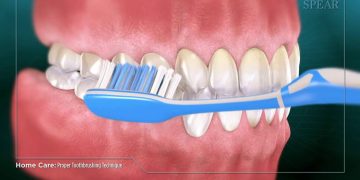
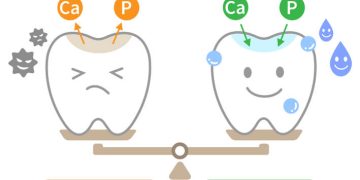





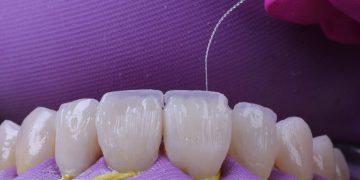
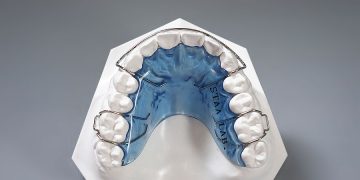

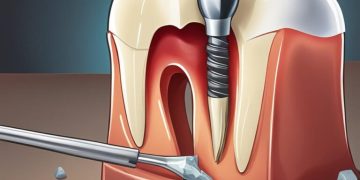

































Discussion about this post